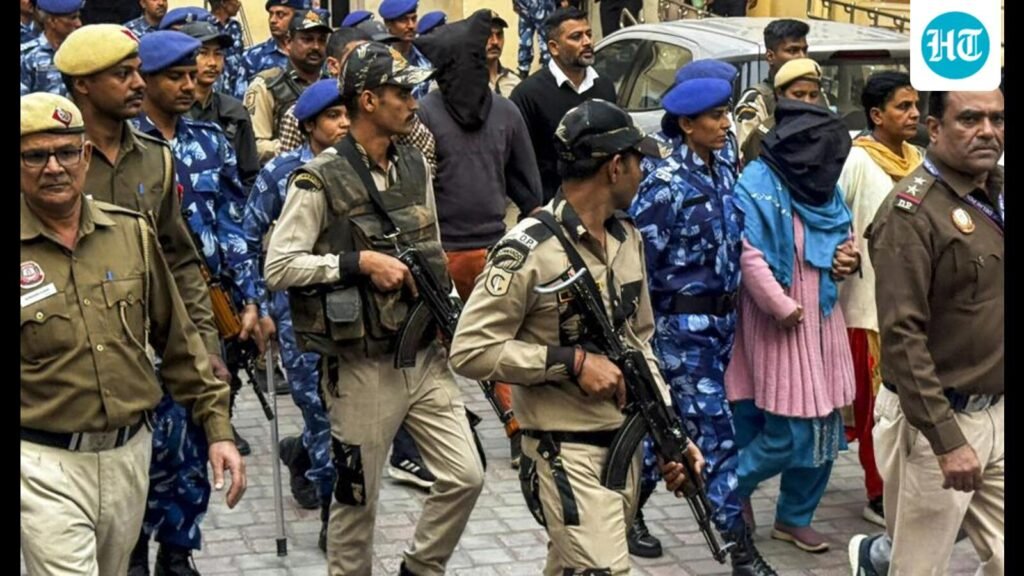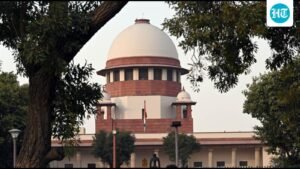
In the spring of 2000, 17-year-old Afaq Ahmed Shah, radicalized by then newly formed Pakistan-based Jaish-e-Mohammed (JeM) terror group, rammed an explosive-laden car into Badami Bagh Cantonment, the headquarters of the Indian Army’s Chinar (XV) Corps, in Srinagar, killing two soldiers and injuring others. On February 14, 2019, another JeM recruit, Adil Ahmad Dar, 19, detonated his explosive-laden vehicle into a CRPF convoy in Pulwama in South Kashmir, killing 42 security personnel on the spot.

While India’s security establishment is well-versed with Islamist suicide bombers, the suicide bombing by Umar un Nabi, a 36-year-old medical doctor from Pulwama, near Red Fort in the national capital on November 10, has opened a new chapter of Islamic radicalization and terrorism in India. Unlike the Indian Mujahideen (IM) terror group, which was a false flag operation by Pakistan using young Indians from the hinterland, the Pulwama-Faridabad medical doctor terror module appears to be a home-grown unit with an affiliation towards the radical Ansar Ghazwat-ul-Hind ideology, which focuses on establishing Dar-ul-Islam in India. While IM leaders such as Riyaz Bhatkal, Sadiq Israr Sheikh, Shahnawaz Alam, Asadullah Akhtar Haddi (he was trained in orthopaedics), and Mirza Shadab Baig were all educated and belonged to good families, they were radicalized by Pakistan under the Karachi Project and weaponised against India from 2005 to 2010, killing nearly a thousand innocents using improvised ammonium nitrate-fuel oil-timer devices made by Pakistan. deep-state-trained Ariz Khan and Iqbal Bhatkal.
The Farid Pulwama-Faridabad white collar module was self-radicalised using online platforms and people such as Abu Akasha, reportedly based in Turkey since at least 2022. The reason why this white collar terror module is dangerous for internal security is that the bomber Nabi and other doctors in it were experimenting with chemicals to fabricate IEDs using deadly explosives while working in Al-Falah University inabad.
While the Central Forensic Science Laboratory (CFSL) report on explosives used by Nabi is still awaited, there are strong indications that the explosive was a lethal and unstable mixture of acetone, hydrogen peroxide, with nitric acid as a catalyst. The use of nitric acid, perhaps, ensured that the device did not need a timer (the IM used a clock) or electrical power for explosion, and the IED was triggered by heat, friction or shock. It is perhaps because of the unstable explosive that forensic experts lost their lives while sampling the chemicals at Nowgam police station in Srinagar on the night of November 14.
The white collar module even tried to experiment with urea to make a “fertiliser bomb” by purchasing large amounts of the fertilizer from Nuh in Haryana. But the experiment did not work. The fact that these doctors were able to access triacetone triperoxide (a trimer of acetone peroxide) in huge quantities (300 kilograms) should send alarm bells ringing in the national security establishment.
Another matter of concern is that the terror module was self-financed with all the doctors pooling large chunks of their salaries earned at Al-Falah University to buy explosive precursors and assault rifles from jihadists in Kashmir. While the intelligence agencies and NIA will go after all those associated with this terror module, the very fact that this module was independent meant it was that much difficult to unearth. Even though the Jammu and Kashmir Police (JKP) was able to arrest Muzammil Ganaie on October 30, they found the doctor-turned-terrorist a very hard nut to crack and totally committed to his Ghazwat-ul-Hind ideology. The Faridabad link was exposed by Ganaie and others who were arrested around November 9, and the attack took place near Red Fort a day later despite the best efforts of JKP and Haryana police, as Nabi had escaped the police dragnet.
The white collar module was not only out to target the Indian hinterland for perceived atrocities on Muslims but also aimed to radicalise others in the minority community on the victimhood platform. The video made by Red Fort bomber Nabi justifying the suicide attack as sanctioned by Islam was apparently shot in April-May 2025 and designed to radicalise others to take this drastic step in the future. It is now quite evident that the module was radicalized on pan-Islamic causes and had conjured up grievances against the majority community in India. Islamic radicalization in the Kashmir valley is not a new phenomenon and has acquired momentum after the abrogation of Article 370, being fanned by radicals within Jammu and Kashmir and across the Line of Control.
While intelligence agencies are now on heightened alert after the Red Fort blast and trying to track the network of terror modules across India, it is worth remembering that the Intelligence Bureau busted 18, 28, 35, and 23 modules in 2021, 2022, 2023 and 2024, respectively. This year, 33 terror modules have been busted till November 23, but the work is thankless and never-ending as radicals could be triggered by any event in West Asia, the Af-Pak region, and within India.
There are no quick solutions to Islamic radicalisation. A long-term de-radicalisation program is needed with the help of moderates in the minority community and with support and assurance from the majority community.
The muted response and condemnation of the Red Fort bombing by minority community leaders does not help the cause, and the roots of terror cannot be any justification for killing innocents. Homegrown terror modules are the new threat and a serious headache to Indian national security. And India’s enemies, particularly Pakistan, will be ready to cash in on these religious fanatics.
The views expressed are personal







